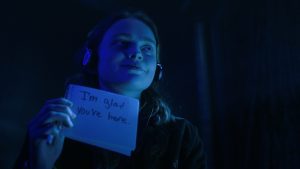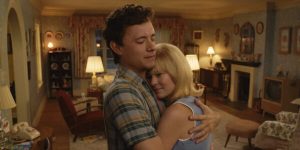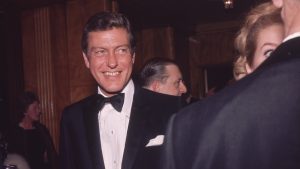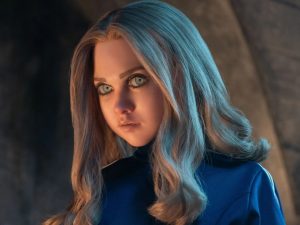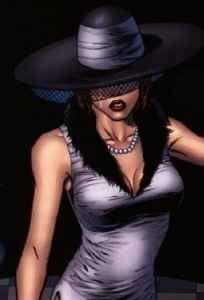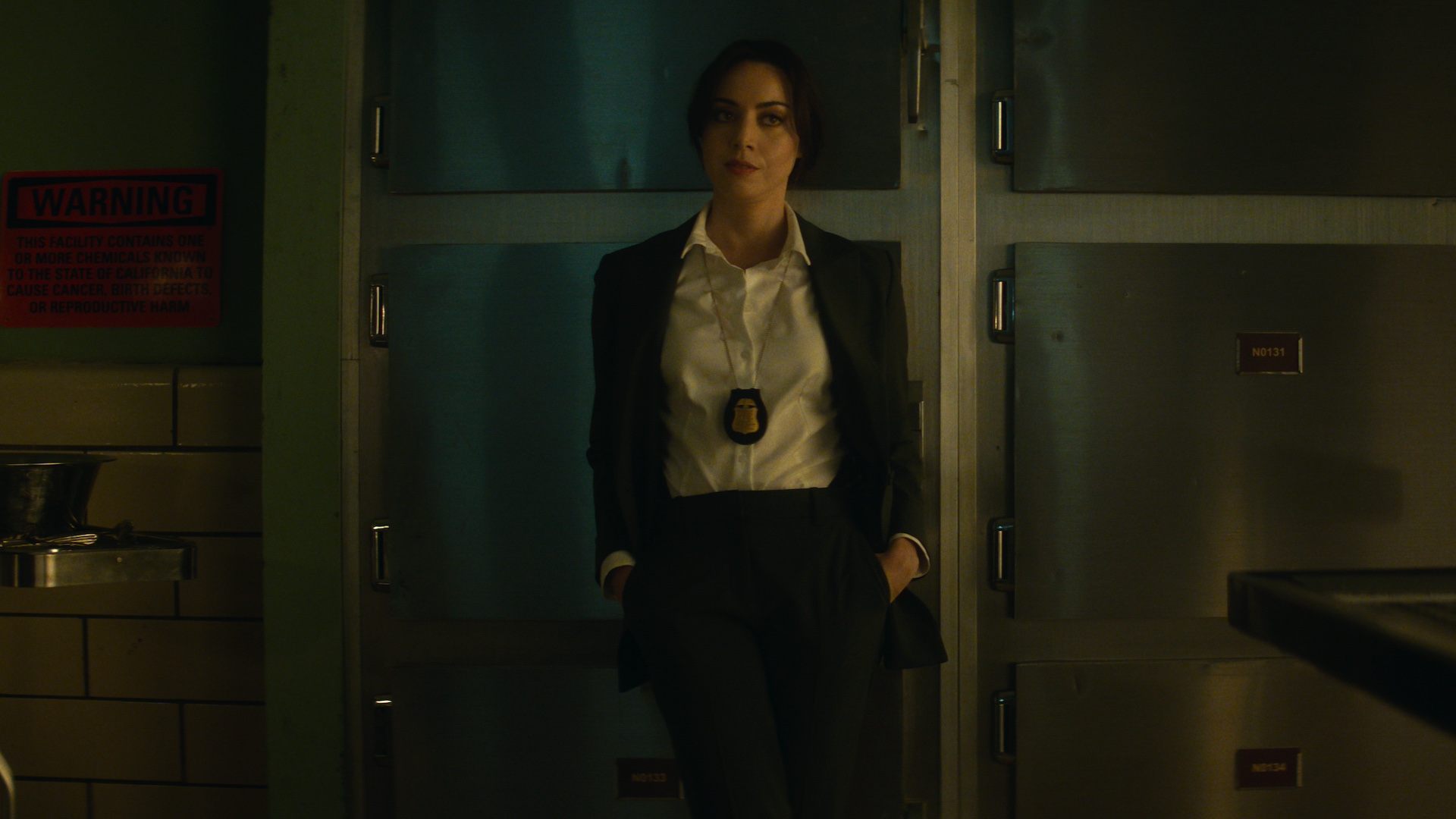
This article contains spoilers for Agatha All Along episode 1.
The witchy Marvel TV series Agatha All Along has arrived, complete with more than one mystery box character. How does Agatha (Kathryn Hahn) know Aubrey Plaza’s character? Who the heck is Joe Locke and why can’t Agatha hear him say his name? For the next several weeks, these specific puzzles will doubtlessly propel much of the intrigue of the series. And yet, in its very first episode, Agatha All Along makes it abundantly clear that you should be thinking about another Marvel show perhaps more than we expected.
Though largely dropped by the second episode in its two-part premiere, Agatha All Along’s first episode leans heavily on one trick that was essentially the entire structure of its parent series; 2021’s WandaVision. The difference is, although this trope uses the same quirky approach as WandaVision, the function of this TV tribute is entirely different this time around. Turns out, Agatha All Along isn’t really a WandaVision sequel, but it needed to emulate WandaVision in order to reveal the basic premise without a lot of boring exposition.
Marvel References All Your Favorite Spooky Detective Shows
Although ostensibly a show about Marvel’s most powerful witch, Agatha Harkness, the new series opens with Hahn playing a no-nonsense small-town police detective named Agnes. Right away, fans of WandaVision will notice what’s going on here. In that series, each of the first few episodes cold-opened into a kind of faux sitcom, each one representing a different era and style; we started in a black-and-white I Love Lucy-ish world, and by episode 3 were firmly in the 1970s. This was WandaVision’s greatest gimmick, and most enduringly creative aesthetic; a series that eventually revealed that Wanda’s grief had created a massive spell that cast her in a variety of real-life sitcoms, mostly to try and help her fix her problems. The issue was, that she enslaved an entire town, Westview, in the process, and other machinations (including Agatha’s schemes) were afoot as well.
In the first Agatha episode, the homage isn’t to old-timey sitcoms, but to true-crime-ish, yet fictional murder shows. The most obvious reference to all of this is the 2013 hit, The Killing. That show began with a female detective (Mireille Enos) being called onto a murder case, and in real life was based on the Danish television series Forbrydelsen. In Agatha, the fake TV series — Agatha of Westview — claims to be “Based on the Danish series Wandavisdysen,”a reference to both The Killing, WandaVision and good Danish TV all at once.
The opening theme song to the fake show also references to “the road,” which echoes the style of True Decetecitve’s original theme, “Far From Any Road,” by the band The Handsome Family. (The “road” references the “Witch’s Road,” too, which becomes an integral, if not, overwhelming component of the entire show.)
And, while the imagery and font choices in the credits feel equal parts Walking Dead and True Blood, we can also infer that Agnes of Westview is meant to evoke the Kate Winslet hit Mare of Easttown. Though, if we’re being really honest, all of this, including The Killing, owes everything to David Lynch’s Twin Peaks, which, interstingly, was also true of WandaVision.
This isn’t to say that Agatha All Along is overtly Lynchian, but it would also be wrong to say that it isn’t.
Why Agatha Needed the WandaVision Ruse
So, while the gritty detective vibe pervades a good portion of the first episode of Agatha All Along, the concept is dropped before the end of the first episode, revealing the “real world” which Agatha is actually inhabiting. This is markedly different from WandaVision, which committed to the fake TV show bit for much longer. While it’s true that some classic TV tropes return a few times in the season, the show isn’t deploying the same armature as its predecessor, at all.
But why? When you think about it, the reason is somewhat obvious. WandaVision as all about a slow reveal an actual “reality” existing outside of the faux sitcoms Wanda inhabited. The exposition was in the background, and oddly, part of the show’s main narrative arc. Like many prestige TV shows, the structure WandaVision created narrative tension not just by having us wonder what will happen next, but also dropping hints as to what has happened already.
Agatha All Along is about a totally different witch, however. Here, the biggest questions are: who is Joe Locke’s character, who put the spell on him and Agatha to begin with, and will Agatha get her powers back? And, when you strip away the fake detective show stuff in the first episode, the exposition is actually just this: It’s been three years since WandaVision, Agatha still lives in Westview, and the remnants of Wanda’s spell were still messing with her. That’s pretty much it.
If you squint, the episode, and real story for the series starts when Agatha is naked, and runs out of her house, accosting neighbors about the basic status quo of her life. This is where the true stakes and concepts of the series are set-up, which all happens fairly quickly. Unlike WandaVision, the faux-TV series structure wasn’t really there to create a new meta-mystery, but instead, to create a dynamic way to reveal the backstory.
In a sense, Agatha didn’t actually need the faux Killing/True Detective to jump start its story. That idea is more about vibes than story or character. But, in a Disney+ show called Agatha All Along, these vibes might be more important than plot twists. Because maybe, for once, we won’t be constantly thinking about Marvel cameos or continuity in a Marvel show. With the fake detective show, Agatha All Along has, essentially, taken its Marvel canon burden, killed, and thrown the body into a creek.
The first two episodes of Agatha All Along are streaming on Disney+. New episodes premiere Wednesdays, culminating with the finale on October 30.
The post Why Agatha All Along Needed to Bring Back WandaVision’s TV Trope Trick appeared first on Den of Geek.
